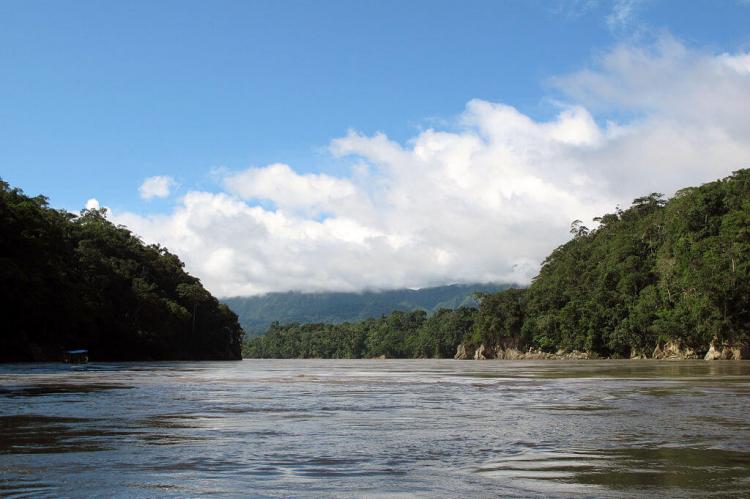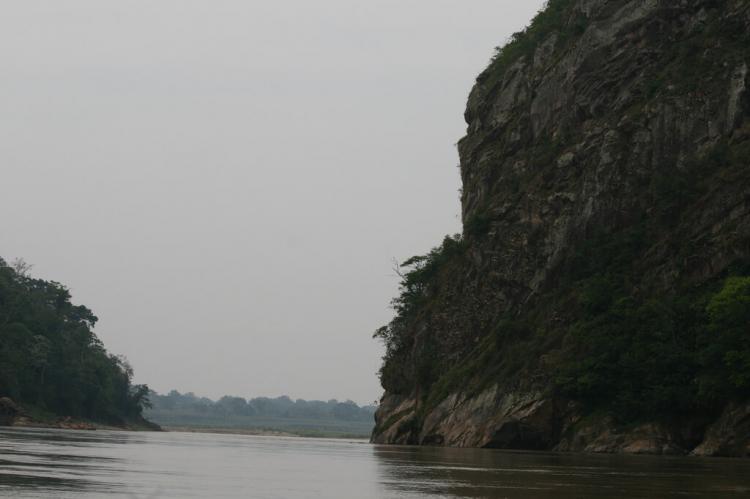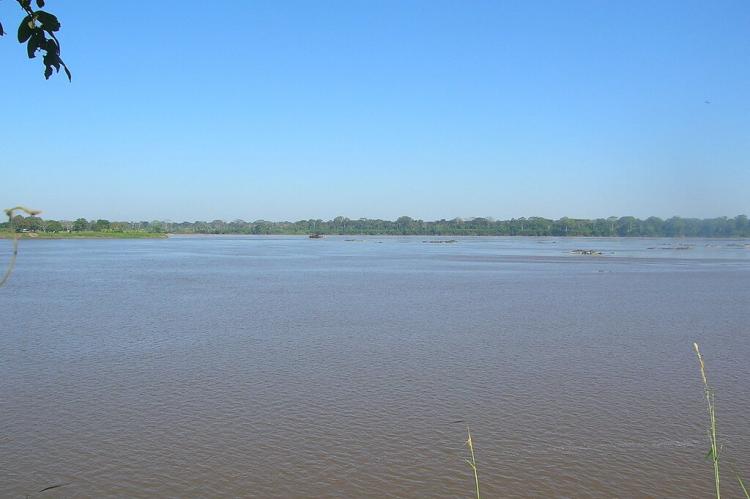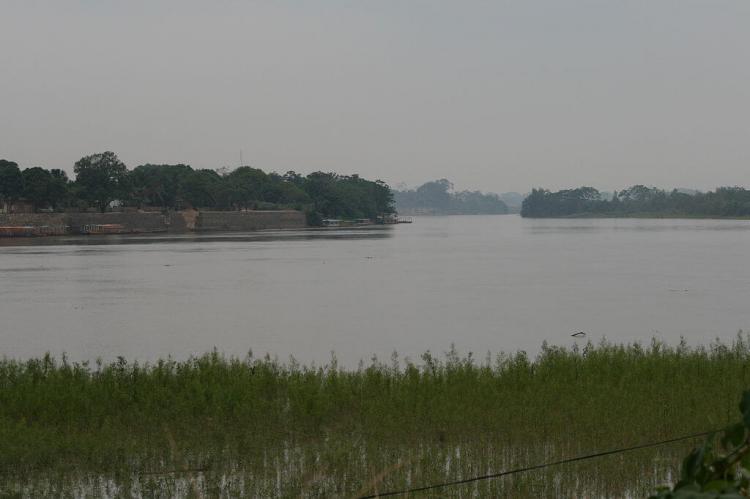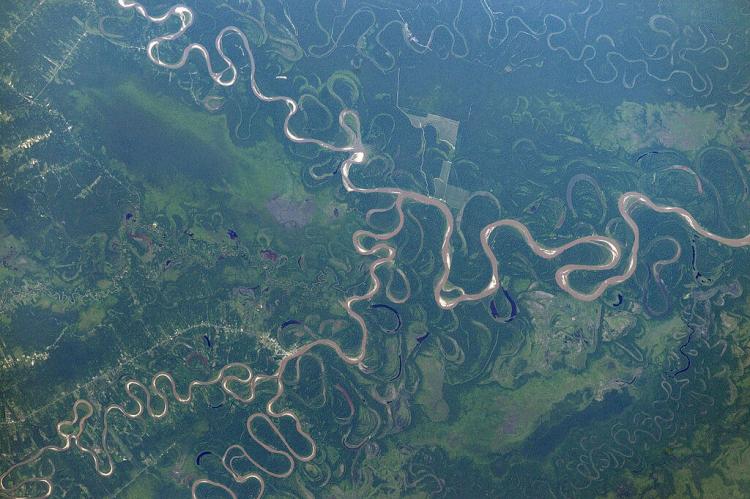The Beni and Mamoré Rivers: Bolivia's Lifelines
The Beni and Mamoré Rivers, coursing through the heart of Bolivia, are lifelines for both nature and civilization. From their origins in the rugged Andean slopes to their convergence into the mighty Madeira River at Bolivia's northeastern border, these rivers shape the landscape and sustain countless communities along their banks.
The Beni and Mamoré Rivers: Bolivia's Lifelines
The Beni and Mamoré Rivers, coursing through the heart of Bolivia, are lifelines for both nature and civilization. They shape the landscape and provide sustenance to countless communities along their banks. From their origins in the rugged Andean slopes to their convergence into the mighty Madeira River at Bolivia's northeastern border, these rivers tell a story of resilience, biodiversity, and cultural richness.
The Beni River
Originating in the rugged Andean slopes of the Cordillera Real, the Beni River meanders northward through the heart of Bolivia. Fed by various tributaries, including the Madidi and Tuichi Rivers, the Beni traverses vast plains and dense forests, offering a glimpse into the country's rich biodiversity. As it flows north of La Paz, the river's path cuts through the lush Yungas region, where towering trees and verdant vegetation blanket the landscape in shades of green.
The middle stretch of the Beni River meanders through dense rainforests, with the Madidi National Park providing sanctuary to a myriad of plant and animal species. Here, the river is joined by the Tuichi River upstream from the town of Rurrenabaque, adding to its majesty and ecological significance. Continuing its journey northward, the Beni River courses through the expansive Llanos de Moxos, also known as the Beni Savanna, a vast expanse of wetlands and grasslands that teem with life.
At Riberalta, the Beni River welcomes the waters of the Madre de Dios River, further enriching its flow before reaching its confluence with the Mamoré River at Villa Bella. This merging of waters marks a significant juncture, as the Beni and Mamoré Rivers combine to form the mighty Madeira River, which delineates Bolivia's northeastern border with Brazil. Stretching over 1,600 kilometers (1,000 miles), the Beni River serves as a vital artery for the region's transportation and commerce, with steam navigation made feasible during the high-water season from December to May.
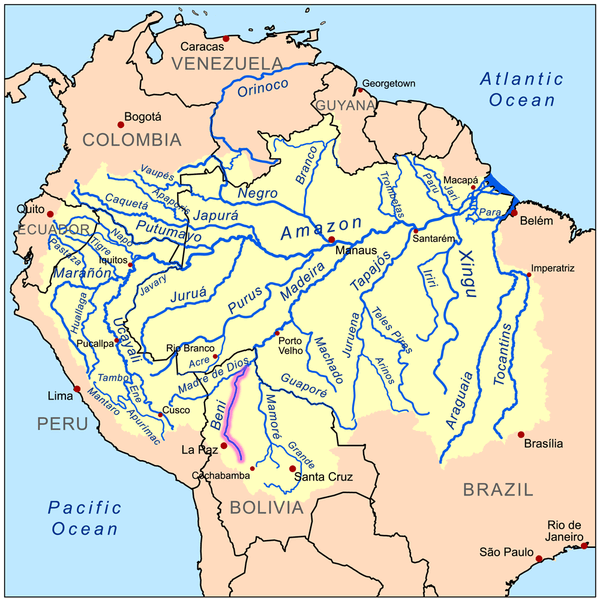
Map depicting the Amazon River drainage basin with the Beni River highlighted
The Mamoré River
In north-central Bolivia, the Mamoré River is a testament to the country's geological diversity. Formed by numerous headwaters that originate on the northern slopes of the Cordillera Real, the Mamoré flows in a leisurely manner northward, tracing a path through the ancient lake bed of the Llanos de Moxos. The Grande River, its principal tributary, adds to the volume and grandeur of its waters as it meanders through the expansive plains.
As the Mamoré River approaches the Brazilian border, it is joined by the Guaporé River, marking the boundary between Bolivia and Brazil. Despite the presence of rapids near its junction with the Beni River, navigation along the Mamoré is feasible through the Moxos plain and tropical rainforests. It links border towns such as Guajará-Mirim in Brazil and Guayaramerín in Bolivia. Numerous indigenous communities have thrived along its banks for centuries, relying on the river for sustenance and transportation.
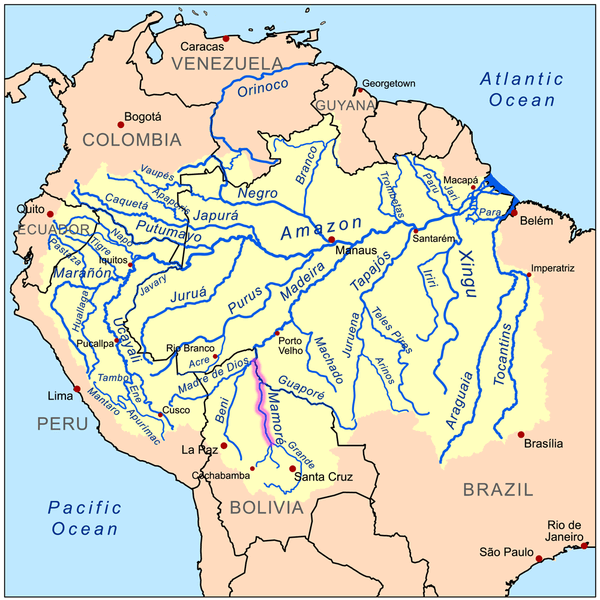
Map depicting the Amazon River drainage basin with the Mamoré River highlighted.
Cultural and Ecological Significance
Beyond its practical importance as a transportation route, the Beni and Mamoré Rivers hold immense cultural and ecological significance for Bolivia. These waterways sustain diverse ecosystems, from the lush forests of the Yungas to the expansive wetlands of the Llanos de Moxos, providing habitats for countless species of plants and animals. Moreover, the rivers have played a central role in shaping the cultural identities of indigenous communities that call their banks home, serving as sources of food, water, and spiritual inspiration.
In conclusion, the Beni and Mamoré Rivers epitomize Bolivia's waterways' natural beauty and cultural richness. From their origins in the Andean highlands to their confluence at the border with Brazil, these rivers embody the country's geological diversity and ecological resilience. As Bolivia embraces sustainable development and conservation efforts, preserving these vital waterways remains paramount, ensuring that future generations can continue to cherish and benefit from their timeless allure.
